Alexander Majors House Museum
Introduction
Text-to-speech Audio
This historic home was built in 1856 and today operates as a museum that interprets the early history of Kansas City and the life of Alexander Majors, a freight operator along the Santa Fe Trail and the founder of the Pony Express. By the time Majors built this home, he had a fortune in the freighting industry, merging with two of his competitors and operating a vast business network that hauled goods on the Santa Fe Trail. This home was used as a headquarters for his company until he moved his home and operations to Nebraska City in 1858, leaving this estate and several of the people he enslaved to his daughter Rebecca and her husband. In 1860, Majors and his business associates created the Pony Express, which offered mail service from St. Joseph to Sacramento. The rapid spread of the telegraph and rail lines meant the Pony Express would only operate for eighteen months, but the venture remains one of the most iconic stories of the American West. Majors was both a slaveholder and a staunch defender of slavery in the years leading up to the Civil War, but he was also a Unionist during the war. This home stayed in the family for several generations, with Alexander Majors' great-grandaughter Louisa Johnston placing the property in a historical trust she created in 1979. This action preserved the historic home, which opened to the public in 1984 and is now operated by the Wornall/Majors House Museums.
Images
Alexander Majors House Museum
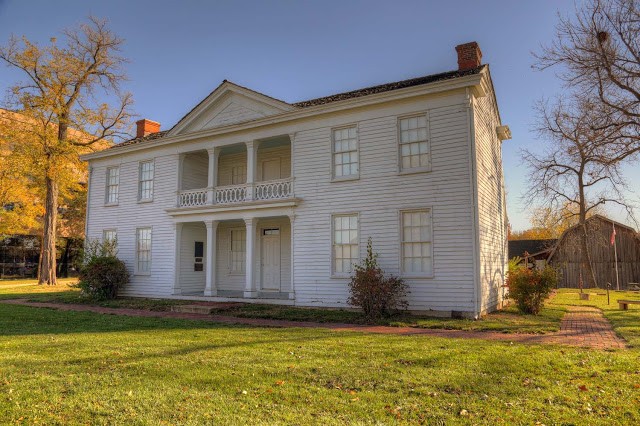
Alexander Majors
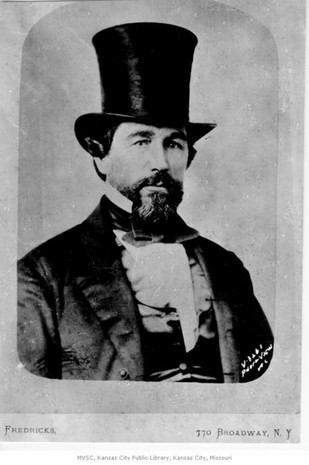
Side view, showing the unusual T-shape of the home
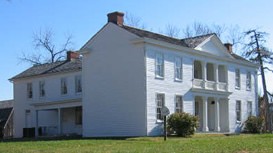
Inside the home
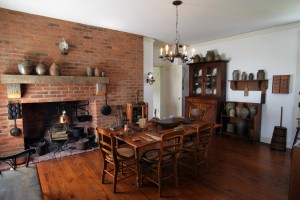
Inside the home
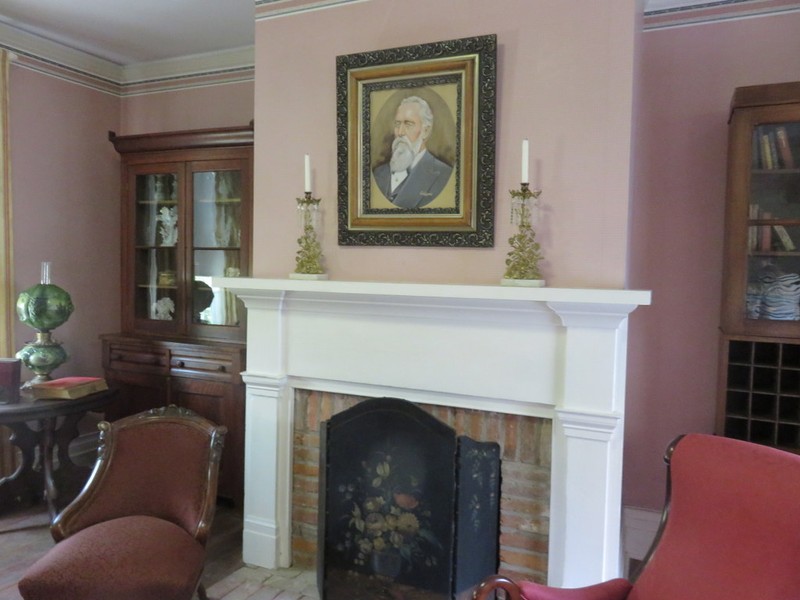
Historic Marker
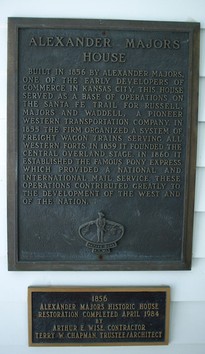
Iconic image of the Pony Express rider
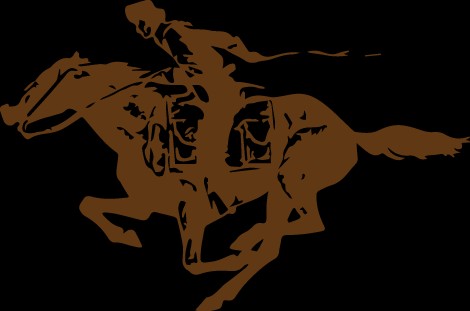
Backstory and Context
Text-to-speech Audio
Alexander Majors Biography
Alexander Majors was born to humble beginnings in Kentucky in 1814. His pioneering family moved to Missouri when he was four, and as a young man, he worked as a freighter, hauling crops and trade goods around Independence. In 1848, he was contracted to freight supplies along the Santa Fe Trail. He broke a record for the 1,600-mile journey, making it from Independence to Santa Fe and back in 92 days. [1] His reputation and fortune would grow as he led other large wagon trains along the trail.
In 1854, Majors partnered with William Russell and William Waddell to form Russell, Majors, and Waddell. The company became the largest freighter west of the Missouri River, employing more than 1,000 men with a force of 5,000 wagons and 40,000 oxen. [1] They were also a major supplier for the US military. However, Russell, Majors, and Waddell soon changed their focus from freighting to delivering mail when they started a new venture known as the Pony Express.
The Pony Express has become legendary in American history with a famous image of a young man riding through the dangerous Wild West territory at full gallop on his noble mission to deliver mail between pioneer settlements. Celebrity William “Buffalo Bill” Cody worked on the Pony Express for a time, and his affiliation added to the romance. [2] In reality, the Pony Express was a financial disaster. Russell, Majors, and Waddell had already suffered setbacks on their freighting business thanks to wagon train raids, military conflicts in the West, and severe weather. It was expensive to set up and maintain Pony Express stations over vast distances. The partnership was deeply in debt, and the Pony Express closed after just 18 months in operation when the Pacific Telegraph Company opened a transcontinental telegraph line in 1861. [2]
Majors fortune was gone as quickly as it had formed. He tried to restart another freighting company after the dissolution of Russell, Majors, and Waddell, but this was rendered obsolete by the new Transcontinental Railroad. He also moved to Utah to try silver prospecting, but without any luck. In 1893, at the encouragement of his former employee William “Buffalo Bill” Cody, he wrote an autobiography, Seventy Years on the Frontier, and made just enough to live on until his death in 1900. [3]
Majors' House
Alexander Majors had this Classic Revival, oak frame home built in 1856. It was strategically placed between Westport Landing and the Santa Fe Trail, where Majors conducted most of his business. It was also directly on the border between Missouri and Kansas Territory, allowing Majors to avoid paying taxes using nearby leased land in Kansas Territory. [4] The home also served as a headquarters for Majors Freighting Company.
Census records show that Majors owned slaves, and it’s likely that the house was built using slave labor. [4] The home originally had nine rooms, each with its own fireplace, with white pine floors and plastered walls. The home is built in a unique T-shape with a two-story recessed porch.
Just three years after it was built, Majors moved his family to Nebraska, and ownership of the home transferred to his daughter and son-in-law, Rebecca and Samuel Poteet. It was sold in 1904, and subsequent families made additions to it. It was briefly used as a schoolhouse, but by the 1920s, the building was in poor condition. In 1930, Majors’s great-granddaughter Louisa Johnston purchased the house and made many improvements. Johnston lived out the rest of her life in the home and willed it to a friend, Terry Chapman. Chapman did more restoration work and opened the home to tours in 1984. In 2011, management of the property was merged with another historic home once belonging to John Wornall, to become the Wornall/Majors House Museums. [4] (See separate Clio entry about the John Wornall House Museum.) Tours of the home, which features period furnishings, are offered. Visitors can also view a reconstructed barn and outbuildings on the grounds.
Cite This Entry
Nickel, Jamie and Clio Admin. "Alexander Majors House Museum." Clio: Your Guide to History. September 3, 2024. Accessed April 22, 2025. https://theclio.com/entry/86340
Sources
1. Roe, Jason. “This Week in KC History: Majors’ Efforts.” Kansas City Public Library Official Website. Accessed October 9, 2019. https://kchistory.org/week-kansas-city-history/majors-efforts
2. Corbett, Christopher. “The Pony Express: Riders of Destiny.” Wild West Magazine, April 2006. Accessed October 9, 2019. https://www.historynet.com/pony-express.
3. Christensen, Lawrence O., William E. Foley, Gary Kremer. Dictionary of Missouri Biography. Columbia, MO: University of Missouri Press, 1999. Accessed October 9, 2019. https://books.google.com/books?id=6gyxWHRLAWgC&ppis=_c&dq.
4. “The Majors House.” The Wornall Majors House Museums Official Website. Accessed October 9, 2019. http://www.wornallmajors.org/explore/majors-house/.
Wornall-Majors House Museums Official Website: http://www.wornallmajors.org/explore/majors-house/
Missouri Valley Special Collections, Kansas City Public Library, Kansas City, Missouri: https://kchistory.org/islandora/object/kchistory%253A105383
The Native Sons and Daughters of Greater Kansas City: https://www.nsdkc.org/alexander_majors
Wornall-Majors House Museums Official Website: http://www.wornallmajors.org/explore/majors-house/collections-and-grounds/
Parkasaurus Blog: http://www.parkasaurus.com/?p=1199
The Native Sons and Daughters of Greater Kansas City: https://www.nsdkc.org/alexander_majors_house
National Pony Express Association: https://nationalponyexpress.org/

